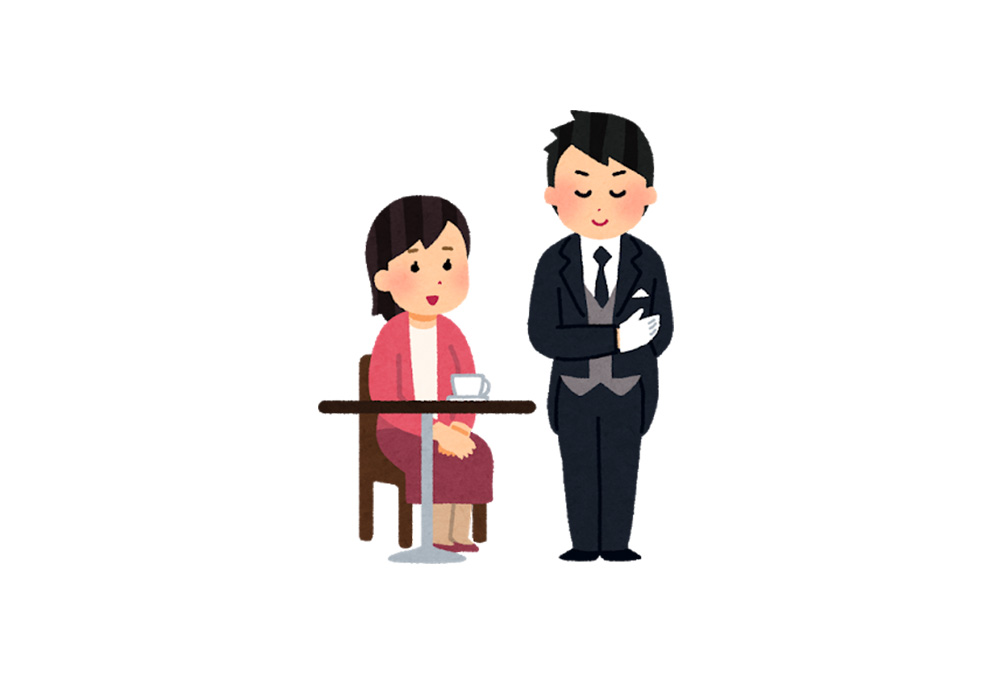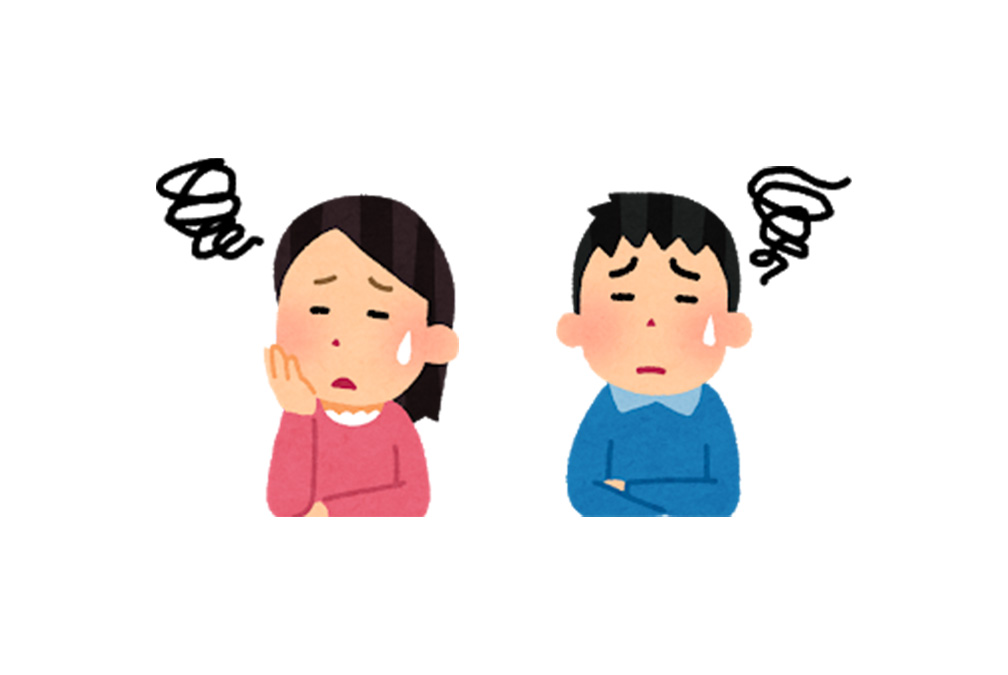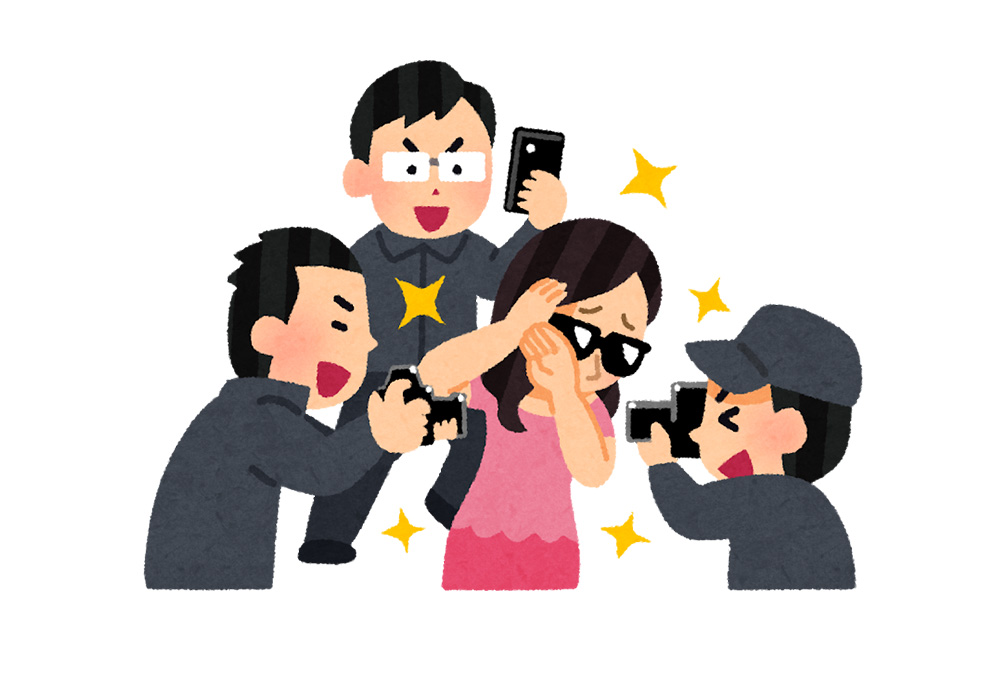[Shy people allowed] Photographer's communication techniques revealed [Portrait]

table of contents
- 1 Knowledge gained from this article
- 2 Portrait photographer is a service industry
- 3 Don't make your subject feel anxious
- 4 Example of communication that does not make the subject anxious
- 5 Giving instructions to the subject is important
- 6 How to give instructions on what not to do
- 7 How to give instructions to the desired subject as a photographer
- 8 How to give instructions that are easy to clearly convey to the subject
- 9 When photographing someone who does not like having their photo taken
- 10 How do you get your subject to smile?
- 11 How to bring out your subject's natural smile
- 12 summary
Hello, this is Goto from the Web Service Division.
As a photographer, I have photographed various portraits such weddings, coming-of-age ceremonies, Shichi-Go-San festivals, fashion models, and women
I posted a portrait photo of my mom on SNS
“As expected from grass.”
I've received comments like this, but I don't mind being laughed at. As long as the mom is happy.
However, the popularity index may have dropped a little. I'm having a bit of trouble after all.
Now, through experiencing many portrait shoots like this, I have come to have my own ``style'' communicate well with the subject
When I first started using cameras, I tried taking portraits without knowing anything about it, but since I wasn't good at communicating, I was confused and exhausted during the shoot .
However, even though I am shy and quiet I was able to communicate smoothly during filming by keeping a few points in mind.
By the way, to give you an idea of how shy I am with people, I once went to a group date where my senior coerced me
On the way home, a gal scolded me and said, ``I didn't say anything today.''
I'm sure there aren't many people who are so shy.
the reproducibility of the communication techniques during filming that I will discuss in this article is high .
In this article, we will explain in detail everything from the basic concept of communication how to give instructions to the subject,
Even if you're not a photographer, I think everyone has the opportunity to photograph people in their work or life.
- I am often asked to take photos of employees for company publicity purposes.
- I want to take pictures of people near and dear to me that are as attractive as possible.
This is definitely something that people like the above will find helpful.
Also, what kind of things do photographers think about when shooting? For those who are interested in
Please watch till the end.
You can see the photos I have taken so far Instagram (@gotoh_2682)
Knowledge gained from this article
- Learn how photographers communicate while filming
- Understand the basic points to keep in mind when communicating during filming
- Understand how to give instructions to the subject while shooting
Portrait photographer is a service industry

What I keep in mind when taking portraits as a photographer is that being a portrait photographer is both a creative job and a service job.
It goes without saying that the quality of the photographic data that ends up in the hands of the client is important, but I believe that it is equally important to provide a good photographic experience for
This is because, high image quality has commonplace , I believe that able to provide a good shooting experience one of the added values of photography for photographers Another aspect is that the more the subject enjoys the shoot itself, the easier it will be to take good photos.
Based on the above ideas, we will discuss the communication approach that photographers should take.
Don't make your subject feel anxious

Portrait photography more delicate for the subject .
Photographers to worry only about whether or not they can take good photos based on their own standards and tend to put the subject's wishes and feelings on the back burner .
during the shoot, I am also very concerned about I am being photographed with a good expression, a good pose , and whether the photo is being taken in the way I want
To make the subject feel good about the shoot,
communication to alleviate the anxiety that the subject may have about the photoshoot as possible .
Example of communication that does not make the subject anxious
The communication I try to do to relieve the anxiety of my subjects during photography is as follows.
- In the first place, before taking the photo, we ask you how you want the photo to be taken, and work out the image in as much detail as possible.
*Alternatively, we may share the results during the shooting process to understand trends in how the subject prefers to be photographed.
- Always praise when someone makes a good pose or facial expression.
- If you take a good photo, share the result.
- Even if the photo doesn't turn out well, I don't let my expression cloud or say anything negative.
*In my case, I often smile and say ``Let's try a different way of shooting!''
Through initiatives like this, I try to my subjects that they are being photographed properly , so the photo shoot as a fun time
It is also important that the cameraman himself does not get nervous during the actual shooting because he does not know how to take the photos. If your subject notices that you're tired during a photoshoot, you 'll feel anxious and wonder if they're okay for today's shoot Be sure to plan as much as possible before the actual shooting, such as coordinating the image of the shooting, selecting the location, and posing
In this way, pressing the shutter to take a photo takes only a moment , but is quite a long process
Also, I have explained how to take beautiful photos in a previous article, so please take a look as well.
[With examples] A photographer explains tips for taking beautiful photos with a smartphone
As a side note,
Many people may have the image of the cameraman repeating things like "That's nice!" during a photo shoot
It's true that without exception, I "Ah, that's great!" while shooting, but from what I've said so far, "Ah, that's great!" is just the tip of the iceberg of communication that photographers use. I hope you can feel that there is no such thing.
, photographers are actually devising various ways to communicate.
By the way, people who are shy have a habit of not being able to help but say "Ah" when they say something
It's about me.
However, whether you are shy or not doesn't actually have that much of an effect on your ability to communicate as a photographer.
Being able to quickly get to know someone you meet for the first time is certainly advantageous , but
Rather than that, it is important for a photographer's communication skills to be able to notice changes in the subject's mood during the shoot, and to know what kinds of things tend to make the subject anxious during the shoot . .
Giving instructions to the subject is important
From here, I will explain how to give instructions while shooting.
Giving instructions to the subject one of the important roles of the photographer in portraiture .
If the subject is a professional model, the photographer will suggest many expressions and poses without much instruction, but most people are not familiar with the subject.
Be sure to remember how to give instructions so that anyone can shoot smoothly, no matter what the subject is.
How to give instructions on what not to do

First, here are some instructions that you should not do:
In the first place, the cameraman doesn't give any instructions at all.
Especially when photographing people who are not very good at photography feel anxious perceive the photographing process to be a painful experience
Be sure to organize your instructions, such as poses and facial expressions, in advance so that you can give instructions smoothly during the actual performance.
Giving instructions that are difficult to imagine
If you give instructions that are difficult to imagine or are not specific, the subject will be confused.
For example, during a photoshoot, you might say, ``Please express how you feel when the banana you're holding suddenly turns into an orange!''
anyone would be confused if given such instructions . Avoid this.
Forcing a pose or expression that is not the subject's preference
may be so particular about the photos they want to take that they unconsciously force them to dictate poses and facial expressions
A surprisingly common case is that photographers force to smile There are a lot of women in particular who don't really like their smiles and would rather be photographed with a sharper face.
From a photographer's point of view we tend to automatically think that a photo of a smiling person is a good photo , but that doesn't necessarily mean that the subject also wants to appear smiling in the photo.
While taking the photo, be sure to ask the subject what kind of expression they would like to appear in the photo, and be careful not to force a pose or expression based on the photographer's ego.
*However, in exceptional cases, if you happen to be able to take a good photo even in a direction that the subject did not want, you can try telling the subject, ``I think this way of taking the photo is also nice!'' I think it's good. It would be a wonderful thing if the subject of the photograph became aware of a new charm in themselves.
How to give instructions to the desired subject as a photographer
From the above example of giving instructions to subjects that should not be taken, it can be said that the following two points need to be kept in mind in order to give desirable instructions.
- Instructions must be clearly communicated to the subject
- The instructions must not be “forced” on the subject.
I will explain them in order based on the above points.
How to give instructions that are easy to clearly convey to the subject
When I give instructions to the subject,
“Could you please look a little higher up?”
"Please look out the window."
In this way, I am conscious of making it easier to understand what to do concretely.
Further from here,
Sometimes I'll ask someone, ``I'd like to take a photo of you looking out the window and thinking, ``It's nice weather!''
not everyone can create facial expressions and poses smoothly with these instructions , so if you find it difficult to do so, switch to another instruction.
we may ask them to look at an actual portrait photo and , ``Let's try this pose!''
When photographing someone who does not like having their photo taken
When you want to take pictures of your subject natural expressions and poses
“Please try walking towards me!”
I asked,
"Do you have any hobbies that you've been into recently?"
“Have you eaten at any restaurant recently that was delicious?”
Take pictures while having a conversation.
People who aren't good at photography tend to tense up their facial expressions when they are conscious of the camera by chatting like this you can avoid focusing too much on the camera , making it easier to take pictures with natural expressions. Masu.
Of course, this is an effective method if you want to capture more natural poses and expressions, even if the subject is someone who is not good at photography.
How do you get your subject to smile?
If you're a photographer, you've probably wondered at least once how to make your subject smile
, many of you may have had being asked to take a commemorative photo at a party being unable to bring out a smile on the subject's face when taking a portrait.
I think there are many people are not good at livening up the atmosphere especially people not good at bringing out people's natural smiles, which is exactly the case with me
*Of course, smiling is not always the best option here, but in most cases it is desirable to have a smile and a happy atmosphere for commemorative photos.
Here, I would like to share with you have been able to put into practice to bring out smiles I am not good at livening up the atmosphere and could not speak a single word at group parties
How to bring out your subject's natural smile
to say "Please smile!" to bring out a smile on the subject's face when taking a photo, but it is not the best method.
This is because people who are not used to smiling often cannot do it well even if they are told to smile I'm that type too.
In order to bring out a natural smile, it is important to bring out the smile indirectly .
intentionally there are times when something interesting or fun
Here are some examples of how to indirectly bring out a smile on your subject.
ask to pose
When you can't take pictures that look fun, don't just say, "Smile more!"
“Would you like to try matching poses with everyone?”
or suggest that
“Let’s try peace!”
I try to have them pose like this.
The reason people don't smile when taking photos is that they are often unaware that they are not smiling
Not many people want to appear in photos with a straight face when they're having fun.
Therefore, smile when they pose in a fun pose .
rebellious Yankees who can do double pieces with a bold face .
have someone shout out a shout
If you want to create a more fun atmosphere, decide on a shout and have everyone shout it out.
This is a little difficult to do with a small number of people, but it is effective when taking group photos of a large number of people
A typical example is
“1+1 is...?”
\2~~~~~!!!! /
Something like that.
It may take some courage to make this suggestion, but the person taking the photo will probably want you to take a fun photo, so I'm sure they'll agree.
However, there are some people who don't like that kind of thing, so it's a good idea to try it out depending on the atmosphere.
Ask someone to liven up the occasion
When it comes to photography, there is no rule that says, ``You must be the only one who is excited when taking pictures.''
It's a bit of a trick, but if you're having trouble creating a fun atmosphere for your subjects on your own, ask someone who is good at liveling things up, ``Could you please make everyone laugh?''
Sometimes it's helpful to ask. If you do this, you may be seen as unreliable as you want to make sure that the person who asked you to take the photo will think, ``That's a good photo'' no matter how many times you look back on it. I think it's more important to be able to take good photos
summary
- Prepare in advance so you don't get nervous during the actual shooting.
- Try to communicate in a way that doesn't make the subject feel anxious.
- Try to give instructions that are easy to understand to the subject.
- When you want to relieve tension in your subject, try not to make them too conscious of the camera.
- If you want your subject to smile, try to make them smile indirectly.
Up to this point, we have introduced various ways of thinking and methods, but in the end, it is most important to have "style"
As a first step, I would be happy if you could try out the communication method that you feel suits you.
somewhat like a serious photographer training course , but even non-photographers can use it.
I would be happy if you would remember the contents of this article when you have the opportunity to take portraits or commemorative photos.
Thank you for reading to the end.

 40
40







